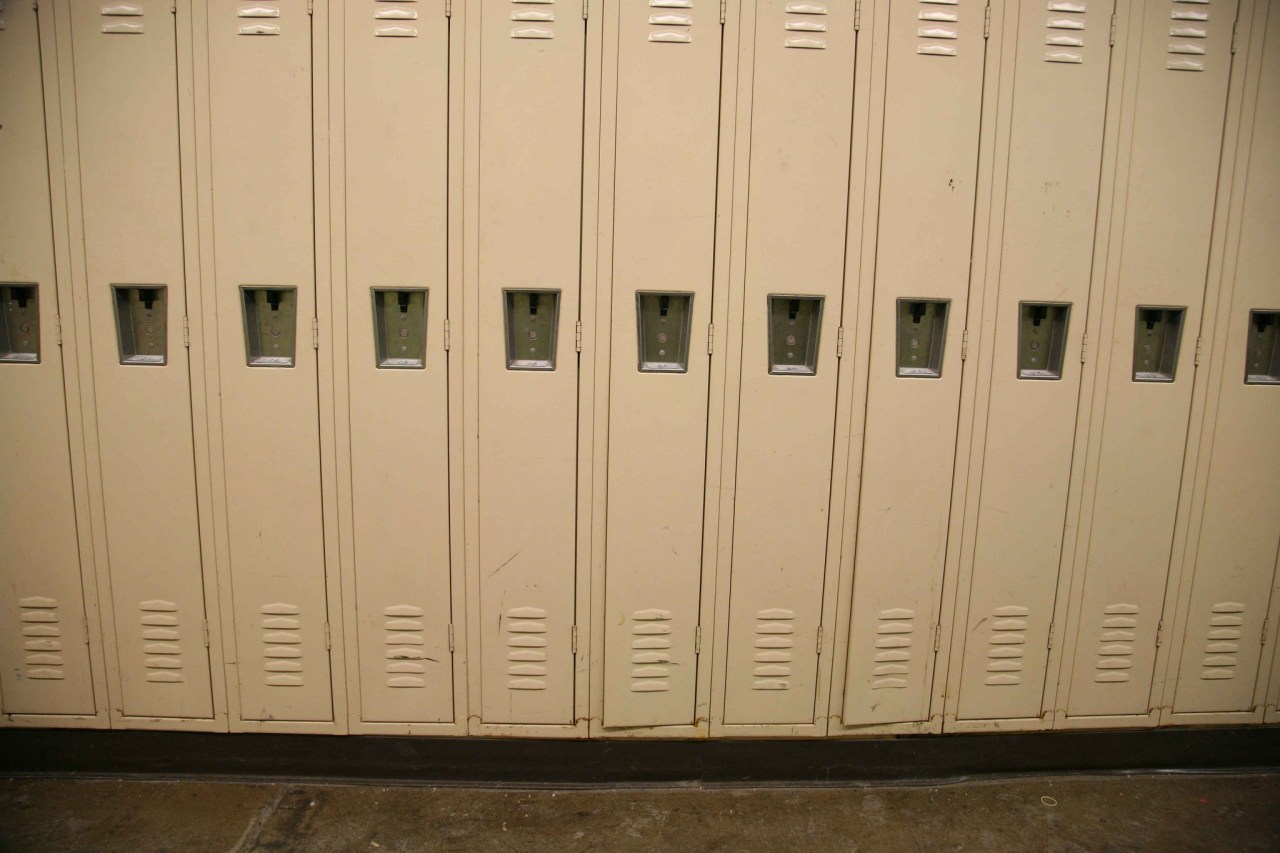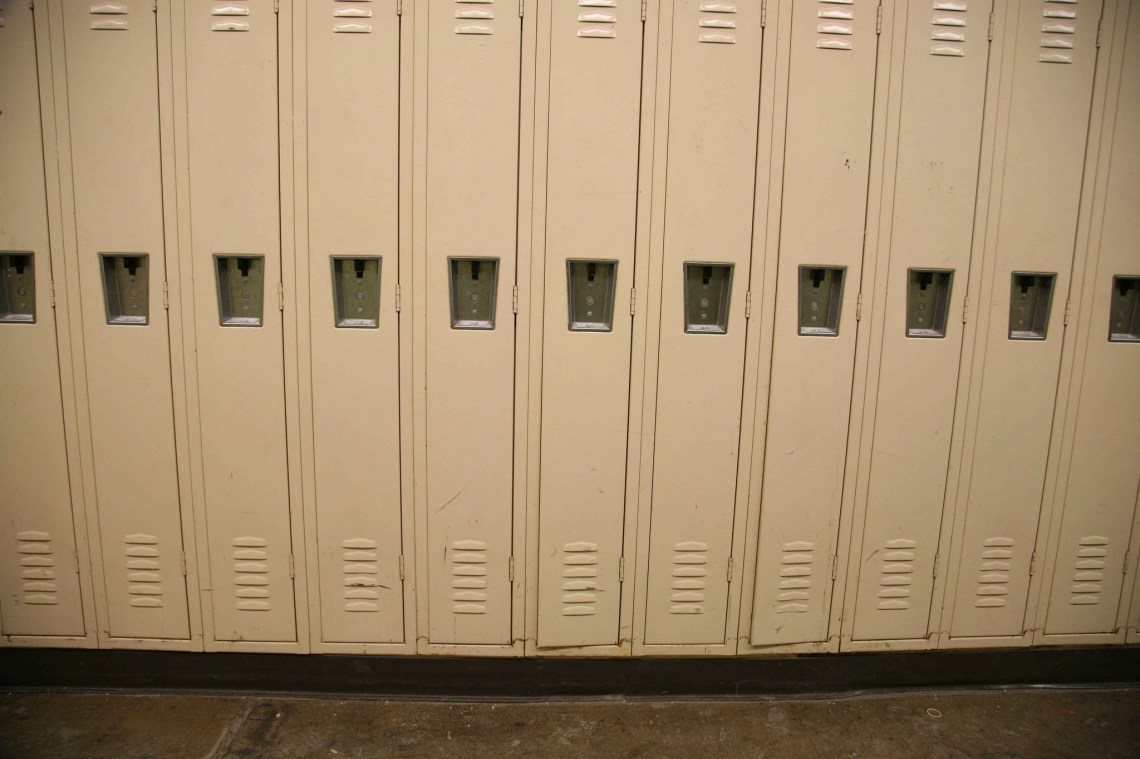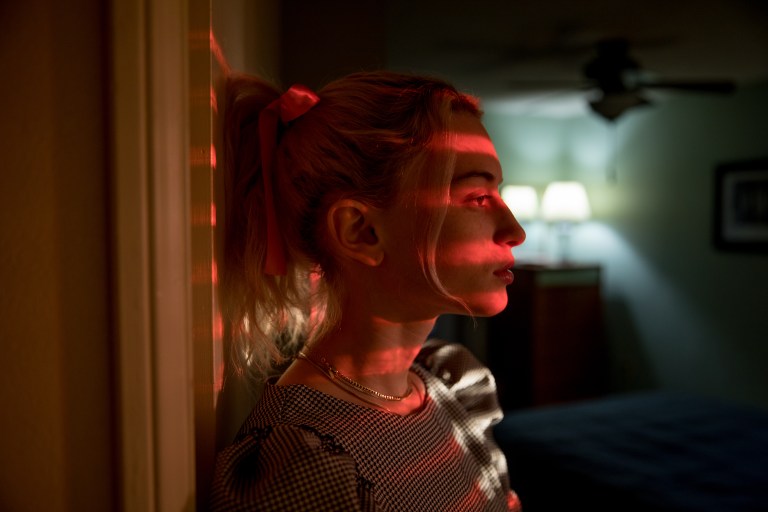What It Was Like At Montessori School
As a child, as soon as I reached public school age I began to demonstrate behaviors associated with a highly intelligent child who is bored in an insufficiently challenging environment, or indicative of a highly sensitive and willful child who was unlikely to get along well/’adjust’ given only normal tactics for socializing/motivating/disciplining children in a…


As a child, as soon as I reached public school age I began to demonstrate behaviors associated with a highly intelligent child who is bored in an insufficiently challenging environment, or indicative of a highly sensitive and willful child who was unlikely to get along well/”adjust” given only normal tactics for socializing/motivating/disciplining children in a school setting.
In kindergarten through first grade I regularly engaged in a number of unusual activities including but by no means limited to: informing my classmates that the queen of the allosaurus dinosaur species was waiting outside of the school to prevent them from reuniting with their parents, and then singing a dramatic song about the dinosaur during “circle time” without being asked; informing my classmates that I was a werewolf and that my canine teeth/arm hair had grown visibly over the past few minutes and they had better be careful around me since I didn’t know what would happen if I suddenly transformed; being markedly interested in small toys like miniature turtles, horses and dinosaurs to such an extent that I ignored the “no toys in school” directive and frequently “smuggled” them in; joining the special remedial reading group for the developmentally challenged and mentally handicapped children because small turtles were being given out as prizes; engaging in frequent congress with characters from the film “Labyrinth” despite the fact that the characters were not visibly accompanying me.
When anyone attempted to interfere with my enjoyment of these activities – for example, by imposing on me mathematical obligations or insisting I had no choice but to learn how to cut correctly with scissors– I would (so I have been told) become quite difficult to ‘handle’. All I remember is that when it became time to do math assignments, when I finished a reading project early or at any other time I became disengaged or bored I would tell the teacher I ‘felt sad’ and go to the school’s guidance counselor where I was allowed to sit there and talk about all the adjectives I made up to describe various sensory impulses I didn’t like (e.g having to hold hands with a child with sweaty hands, having to sit on a bus seat with damage to the cushion or visible Styrofoam, drinking milk from any other fridge except my family’s own). I would also play the board game ‘Sorry’ together with him.
Maybe it was this counselor, probably it was a lot of people who must have suggested to my parents that I required some kind of ‘alternative’ educational approach, because I was enrolled in a Montessori school program at the age of about seven or eight. I don’t remember having any actual sentiment about leaving my old school; I hadn’t liked it there, and I would still get to play with the same neighborhood friends, so no actual loss. I do remember slowly, dramatically waving a damp snow-white tissue at the public school when my mother drove me away from on my last day in attendance there. Then I went home and made up a song called ‘Goodbye Forever’, an undertaking I took so seriously that I cried while ‘composing’ it, picturing all the scenes in which ‘Goodbye Forever’ would make an appropriate soundtrack.
Montessori education is derived from some early 20th century Italian teacher’s belief that children should be ‘self directed’ in learning and that rather than march them around to a succession of different classrooms or whatever where the children are simultaneously told what to do regarding a variety of disparate subjects, a teacher can just kind of leave them alone with the educational materials and provide like ‘guidance’ or something, like under the theory that a child inherently knows how to teach him/herself things and can do so as long as adults give them the structure to do so.
In my school the first, second and third graders shared one white-carpeted, sun-drenched classroom. We had desks, but they were only put out when in use, I think. Everyone was also assigned a daily chore regarding the maintenance of the classroom, I always picked to run the floor-sweeper (since it was fun) or to water the plants (because I had named all the plants and was convinced only I knew what they wanted). The room was bordered in wood shelves containing ‘the materials’. Montessori method I think seems to think it’s important for children to see and touch things in learning, so we had stuff like a ‘letter board’ to practice spelling words on or a series of colored beads, bead chains, bead blocks intended to be demonstrative somehow of math or counting.
Since when not composing a helpful alphabet book intended for my two-year old sister’s use I was already writing a series of colored-marker ‘novels’ inspired by the movie Labyrinth or about heavily melodramatic themes of death and rebirth (generally featuring unicorns), my teacher did not protest my assertion that I did not need to use the alphabet board and instead encouraged me toward using the math materials.
To this day I cannot explain to you how exactly the Montessori math materials were supposed to teach math; I was meant to be being taught division by distributing beads into bowls, and then exchanging ten beads for a bead chain. I grasped this well-enough; the beads were appealing, like buttery gold pearls, and I was fascinated with them, ‘sensorily’. Tawny and soft, they made me think of the rectangular crackers we got served with milk as a midday snack (I protested the milk and opted for water, as the smell of foreign milk offended me and made me temporarily resent my classmates).




